Home>Garden Essentials>How To Grow Dragon Fruit From Seed
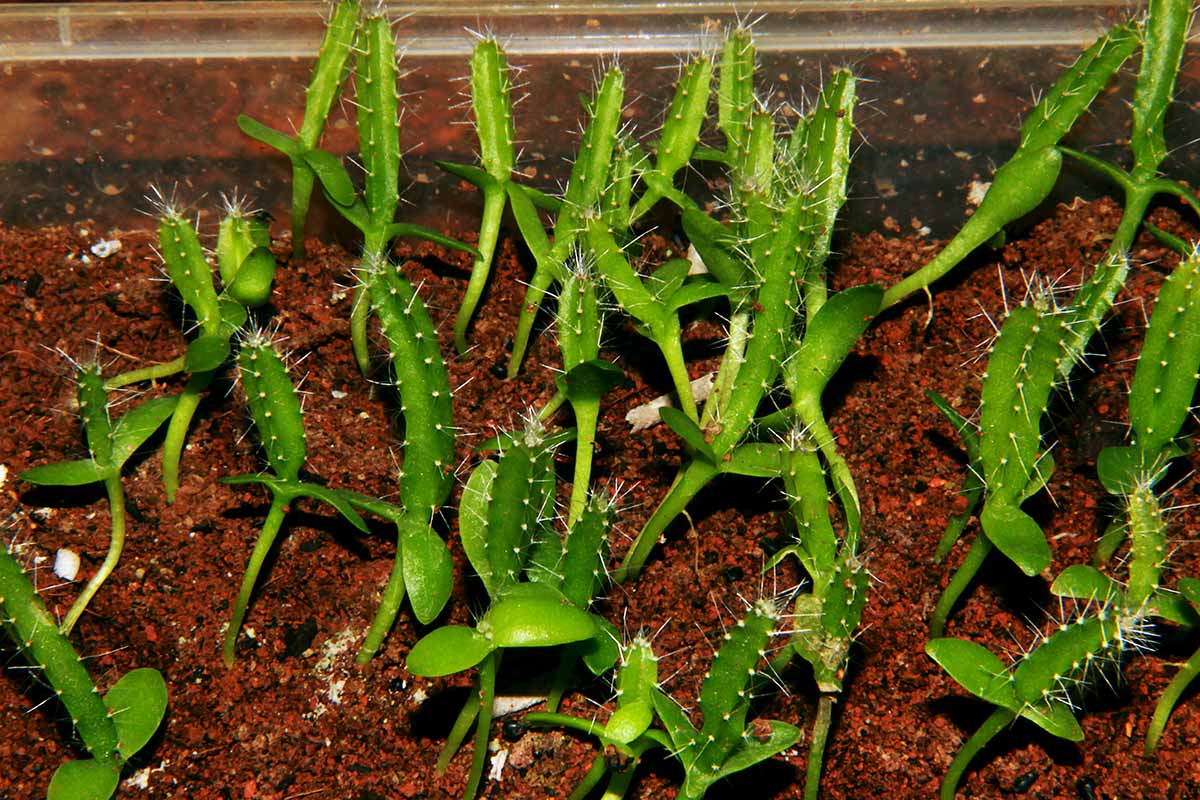

Garden Essentials
How To Grow Dragon Fruit From Seed
Modified: May 6, 2024
Discover the secrets of growing dragon fruit from seed in your garden. Follow our step-by-step guide for a successful and rewarding experience.
(Many of the links in this article redirect to a specific reviewed product. Your purchase of these products through affiliate links helps to generate commission for Storables.com, at no extra cost. Learn more)
Introduction
Welcome to the fascinating world of dragon fruit! If you’re an avid gardener or simply have a green thumb, you’ve probably heard of this exotic and visually stunning fruit. Dragon fruit, also known as pitaya, is not only a unique addition to your garden but also a nutritious and delicious treat.
In this article, we will explore the process of growing dragon fruit from seed. From choosing the right seeds to nurturing the plants and eventually harvesting the fruits, we will guide you step by step through the journey of cultivating your very own dragon fruit plants.
Dragon fruit is native to Central America but is now cultivated in many tropical and subtropical regions around the world. The fruit is prized for its vibrant colors, distinct shape, and sweet, refreshing flavor. It’s no wonder that growing dragon fruit has become increasingly popular among gardening enthusiasts.
Before we dive into the details, it’s important to note that dragon fruit is a climbing cactus, which means it requires support during its growth. It produces impressive aerial roots that can attach to trellises or walls, making it an excellent candidate for vertical gardening.
So, if you’re ready to embark on an exciting gardening adventure and enjoy the fruits of your labor, let’s get started on growing dragon fruit from seed!
Key Takeaways:
- Growing dragon fruit from seed requires choosing high-quality seeds, preparing well-draining soil, and providing warmth and moisture for germination. Nurturing young plants with proper care and support sets the stage for a bountiful harvest.
- Supporting the growth of dragon fruit plants involves installing sturdy trellises, pruning and training the vines, and nurturing the fruits through pollination, fertilization, and attentive care. Harvesting and enjoying the fruits is a rewarding culmination of the gardening journey.
Read more: How Long To Grow Dragon Fruit From Seed
Choosing the Dragon Fruit Seeds
The first step in growing dragon fruit from seed is selecting high-quality seeds. While you can purchase dragon fruit seeds from gardening stores or online, it’s essential to ensure that you’re choosing reputable sources that offer healthy and viable seeds.
Here are some key factors to consider when selecting dragon fruit seeds:
- Variety: Dragon fruit comes in various varieties, each with its own unique characteristics. Consider what qualities you value, such as fruit color, size, and flavor, and choose a variety that aligns with your preferences.
- Freshness: Opt for fresh dragon fruit seeds, as they have a higher chance of germination. Seeds obtained from recently harvested fruits or trusted suppliers are more likely to be viable.
- Germination Rate: Look for seeds with a high germination rate. This information is usually provided by the seed supplier and can give you an idea of how successful your seedlings will be.
- Certification: If possible, choose organic or certified seeds to ensure they haven’t been treated with harmful chemicals or pesticides.
When it comes to the number of seeds you should obtain, it’s recommended to get a few extra seeds to account for potential failures or low germination rates. Dragon fruit seeds typically have a relatively high germination rate, but having backups is always a wise precaution.
Remember, the quality of your seeds will greatly impact the success of your dragon fruit growing journey. So take your time to research and find reputable sources that offer reliable and healthy dragon fruit seeds.
Preparing the Soil
Once you have chosen your dragon fruit seeds, the next step is to prepare the soil for optimal growth. Dragon fruit plants thrive in well-draining soil that is rich in organic matter. Here are some steps to prepare the soil:
- Choose the Right Location: Dragon fruit plants require ample sunlight, so choose a location in your garden that receives at least 6 hours of direct sunlight per day. Additionally, ensure that the area has good air circulation to prevent the buildup of excess moisture.
- Clear the Area: Remove any weeds or grass from the planting site. Dragon fruit plants do not tolerate competition well, so it’s crucial to provide them with a weed-free environment.
- Improve Drainage: Dragon fruit plants prefer well-draining soil, so if your soil tends to hold too much water, you can improve drainage by adding organic matter, such as compost or well-rotted manure. This helps create a looser soil structure that allows water to pass through more easily.
- Adjust pH Levels: Dragon fruit plants thrive in slightly acidic to neutral soil with a pH range of 6 to 7. If your soil is too acidic or alkaline, you can make adjustments by adding amendments like lime or sulfur. Test the soil pH using a soil testing kit to determine its current levels.
- Amend the Soil: Mix in organic matter, such as compost or aged manure, into the soil to improve its fertility and nutrient content. This will provide a healthy foundation for your dragon fruit plants to grow.
It’s important to prepare the soil well in advance before planting the dragon fruit seeds. This allows the amendments to fully integrate with the soil and for any excess nutrients to settle.
Remember to water the soil lightly after preparing it to ensure it’s evenly moist. Avoid overwatering, as excessive water can lead to rot and other issues.
By following these steps and preparing the soil properly, you’ll provide the ideal growing conditions for your dragon fruit plants, setting them up for success in their early stages of growth.
Seed Germination
After preparing the soil, it’s time to start the germination process for your dragon fruit seeds. Proper germination is crucial for the successful growth of your plants. Follow these steps to ensure optimal germination:
- Seed Scarification: Dragon fruit seeds have a tough outer coating that can inhibit germination. To enhance germination rates, you can scarify the seeds by gently roughening the exterior using sandpaper or a knife. Be careful not to damage the inner seed.
- Seed Soaking: After scarification, soak the seeds in water for 24 to 48 hours. This helps soften the outer coating and provides moisture for germination.
- Sowing the Seeds: Fill a seed tray or small pots with a well-draining potting mix or cactus soil. Make small indentations in the soil and place the seeds inside, lightly covering them with a thin layer of soil. Water the soil gently to ensure even moisture.
- Warm and Moist Environment: Dragon fruit seeds require warmth and moisture for germination. Place the seed tray or pots in a warm location, ideally around 70 to 85°F (21 to 29°C), and cover them with a plastic dome or plastic wrap to create a humid environment. Check the moisture regularly and mist the soil if needed.
- Patience and Monitoring: Germination can take anywhere from a few days to a few weeks, so be patient. During this time, keep an eye on the soil moisture and ventilation to prevent excessive drying or fungal growth.
- Transplanting Seedlings: Once the seedlings have emerged and grown to about 3 to 4 inches (7 to 10 cm) tall with a few sets of true leaves, they are ready to be transplanted into individual pots or directly into the garden.
It’s worth noting that not all dragon fruit seeds may germinate, but with proper scarification, soaking, and a suitable growing environment, your chances of success are greatly increased. Be patient and provide the necessary care for your germinating seeds to ensure healthy growth.
Now that the germination process is underway, it’s time to prepare for the next phase: transplanting the seedlings into their permanent growing location.
Transplanting the Seedlings
Once your dragon fruit seedlings have reached a suitable size, typically around 3 to 4 inches (7 to 10 cm) tall, it’s time to transplant them into their permanent growing location. This step is crucial for the long-term success of your dragon fruit plants. Here’s how to do it:
- Choose the Right Spot: Select a location in your garden that provides ample sunlight and has well-draining soil. Ensure the area has sufficient space for the mature size of your dragon fruit plants and consider installing a sturdy trellis or support structure for the vines to climb.
- Prepare the Planting Hole: Dig a hole that is slightly larger than the size of the root ball of the seedling. Incorporate organic matter, such as compost or aged manure, into the soil to enrich it. This will provide the necessary nutrients for the plants to thrive.
- Remove the Seedling from its Container: Gently remove the seedling from its pot by carefully loosening the root ball. Be cautious not to damage the delicate roots.
- Plant the Seedling: Place the seedling in the prepared hole, ensuring that the roots are spread out and not cramped. The base of the stem should be level with the soil surface. Fill the hole with soil, gently firming it around the plant.
- Water Thoroughly: Give the newly transplanted seedling a thorough watering to settle the soil and eliminate any air pockets around the roots. Water deeply but avoid overwatering, as excessive moisture can lead to rot.
- Provide Support: Install a trellis or support structure near the seedling to provide support and guidance for the growing vines. As the plant grows, gently train the vines to climb the structure to ensure proper growth and development.
It’s important to note that dragon fruit plants can take several years to reach maturity and produce fruits. During this time, they will require care and attention to thrive. Regularly monitor the soil moisture, provide adequate sunlight, and protect the plants from extreme weather conditions.
By transplanting the seedlings into their permanent growing location and providing the necessary care, you are setting the stage for your dragon fruit plants to flourish and eventually bear delicious fruits.
Read more: How To Grow Yellow Dragon Fruit From Seeds
Caring for Young Dragon Fruit Plants
Young dragon fruit plants require proper care and attention to ensure their healthy growth. By providing the right conditions, you can help them thrive and establish a solid foundation for future fruit production. Here are some essential care tips for young dragon fruit plants:
- Watering: Dragon fruit plants prefer consistently moist soil, but they don’t tolerate waterlogged conditions. Water the plants deeply but infrequently, allowing the top few inches of soil to dry out between waterings. Adjust the watering frequency based on weather conditions and the moisture retention of your soil.
- Fertilizing: Feed your young dragon fruit plants with a balanced organic fertilizer or a specialized cactus fertilizer during the growing season. Follow the package instructions for the recommended application rates. Be cautious not to over-fertilize, as this can cause excessive vegetative growth at the expense of fruit production.
- Mulching: Apply a layer of organic mulch around the base of the plants to help conserve moisture, regulate soil temperature, and suppress weed growth. Use materials like straw, wood chips, or dried leaves, and maintain a mulch depth of about 2 to 3 inches (5 to 7 cm).
- Protecting from Frost: Dragon fruit plants are sensitive to frost, so if you live in a colder climate, provide protection during the winter months. Cover the plants with frost blankets or move potted plants indoors to a frost-free area.
- Pest and Disease Control: Monitor your young dragon fruit plants for any signs of pests or diseases, such as aphids, mealybugs, or fungal infections. Take prompt action if you notice any issues, employing organic pest control methods or consulting with a local gardening expert for guidance.
- Pruning: Regularly prune your young dragon fruit plants to encourage branching, airflow, and overall plant health. Remove any dead, damaged, or diseased branches or stems. Pruning can also help manage the size and shape of the plant.
- Supporting the Vines: As your dragon fruit plants grow, ensure that their vines have proper support to climb. Regularly check the trellis or support structure, securing any loose or wayward vines to encourage upward growth.
By implementing these care practices, you will provide the necessary nurturing environment for your young dragon fruit plants. As they grow and mature, they will become stronger and more resilient, setting the stage for a bountiful harvest of delicious dragon fruits in the future.
After planting dragon fruit seeds, keep the soil consistently moist but not waterlogged. Use a well-draining soil mix and provide a warm, sunny location for the seeds to germinate and grow.
Supporting the Growth
Supporting the growth of your dragon fruit plants is essential to maximize their potential and ensure healthy development. As climbing cacti, dragon fruit plants rely on sturdy supports to climb and spread their vines. Here are some important tips for supporting the growth of your dragon fruit plants:
- Trellis or Support Structure: Install a trellis, fence, or support structure that is strong and stable. Choose materials like wood, metal, or bamboo that can withstand the weight of the growing vines and the eventual fruit production. Ensure the structure is securely anchored to the ground to prevent toppling.
- Proper Positioning: Place the trellis or support structure in a location that receives full sun and allows for adequate air circulation. This will promote optimal growth and reduce the risk of fungal diseases caused by poor ventilation.
- Training the Vines: As your dragon fruit plants grow, gently guide the vines towards the support structure. Wrap the vines around the trellis or use soft ties to secure them in place. Avoid tightly binding the vines, as this can impede circulation and cause damage. Encourage the vines to grow upward to prevent tangling and to optimize exposure to sunlight.
- Regular Maintenance: Monitor the growth of your dragon fruit vines and perform regular maintenance. Prune any excessive growth or damaged branches to promote a healthy and manageable plant structure. This will also help maintain a balance between vegetative growth and fruit production.
- Supporting Heavy Fruit: As your dragon fruit plants mature and begin to produce fruit, the weight of the fruit can strain the vines and the trellis. Use additional support, such as netting, slings, or hammocks, to help bear the weight of the fruit and prevent the vines from breaking or sagging.
- Regular Inspections: Periodically inspect the supports and ties to ensure they are still secure and in good condition. Adjust and reinforce them as necessary to prevent any potential damage or instability.
By providing adequate support and regularly maintaining the growth of your dragon fruit plants, you will help them climb and spread effectively. This ensures optimal exposure to sunlight and proper airflow, leading to healthy vines and abundant fruit production.
Pruning and Training the Plants
Pruning and training your dragon fruit plants are important practices that help shape their growth, promote a healthier plant structure, and maximize fruit production. By following proper techniques, you can encourage the development of strong vines and ensure optimal plant growth. Here’s how to prune and train your dragon fruit plants:
- Remove Dead or Diseased Branches: Regularly inspect your dragon fruit plants and prune any dead, damaged, or diseased branches. Removing these branches not only improves the plant’s aesthetics but also prevents the spread of diseases and redirects energy towards healthy growth.
- Promote Branching: To encourage branching and a bushier growth habit, pinch off or prune the growing tips of the main branches. This stimulates the growth of lateral shoots and results in a more compact and productive plant. It’s best to do this pruning during the active growing season.
- Manage Long Vines: Dragon fruit plants can produce long, sprawling vines. To control their growth and prevent tangling or overcrowding, prune back overly long vines. Cut them back to a manageable length, allowing for easy maintenance and access to the fruit-bearing sections of the plant.
- Train the Vines: Guide the remaining primary and lateral branches along the support structure or trellis. Gently weave the vines through the framework or use soft ties to secure them in place. Avoid tying the vines too tightly as they need room to expand and grow.
- Balance Vegetative Growth and Fruit Production: As your dragon fruit plants mature, it’s important to strike a balance between vegetative growth and fruit production. If excessive vegetative growth is occurring at the expense of fruit development, consider pruning some of the non-fruiting branches to redirect energy towards fruit-bearing branches.
- Pruning After Harvest: After harvesting the dragon fruits, prune the plant to remove any remaining fruiting branches. This promotes new growth and prepares the plant for the next fruiting cycle.
Pruning and training your dragon fruit plants may require ongoing attention throughout the growing season. Regular monitoring and proactive pruning will help maintain a well-structured plant, improve fruit quality, and make future maintenance more manageable.
Remember to use clean, sharp pruning tools to avoid damaging the plant, and always sterilize them between cuts to prevent the spread of diseases. With proper pruning and training, you can optimize the growth and productivity of your dragon fruit plants.
Nurturing the Dragon Fruits
As your dragon fruit plants continue to grow and mature, it’s important to provide them with the nurturing care they need to develop healthy and delicious fruits. By focusing on essential factors such as pollination, fertilization, and pest control, you can ensure the successful production of your dragon fruits. Here’s how to nurture your dragon fruits:
- Pollination: Dragon fruit plants typically rely on nocturnal creatures such as bats or moths for pollination in their natural habitats. However, in regions where these pollinators are not available, you might need to manually pollinate the flowers. Gently brush a soft paintbrush or cotton swab across the stamen and then transfer the pollen to the pistil. Repeat this process for each flower.
- Fertilization: Provide regular fertilization to support the growth and development of your dragon fruit plants. Use a balanced fertilizer specifically formulated for cacti or succulents, following the package instructions for application rates. Apply the fertilizer during the active growing season, typically from spring to early fall.
- Watering: Maintain a consistent watering routine to ensure the dragon fruit plants have enough moisture without being waterlogged. Deeply water the plants when the top few inches of soil feel dry, and adjust the frequency based on weather conditions. Remember to reduce watering during the dormant period in winter.
- Protect from Extreme Conditions: Shield your dragon fruit plants from extreme weather conditions. Provide shade during intense heatwaves, protect them from strong winds, and cover them during heavy rains or hailstorms. These measures can help prevent damage to the plant and promote overall health.
- Pest Control: Inspect your dragon fruit plants regularly for common pests such as mealybugs, scale insects, or aphids. If infestation occurs, employ natural and organic pest control methods such as insecticidal soaps or neem oil. Early detection and prompt action can help prevent pests from causing significant damage to your plants.
- Harvesting: Monitor your dragon fruits closely as they approach maturity. Depending on the variety, dragon fruits are ripe when their skins turn vibrant colors and are slightly soft to the touch. Carefully cut or twist the fruits off the plant, leaving a short stem intact. Enjoy the fresh, luscious fruits right away or refrigerate them for later use.
By nurturing your dragon fruit plants through proper pollination, fertilization, and attentive care, you can ensure the development of high-quality fruits. The taste and texture of your homegrown dragon fruits will be a testament to your dedication and love for gardening.
Remember, each growing season provides an opportunity to learn more about the needs and habits of your dragon fruit plants. Pay attention to their responses and make adjustments as necessary to optimize their growth and fruit production.
Read more: How To Grow Fruit From Seeds
Harvesting and Enjoying the Fruits
After patiently nurturing your dragon fruit plants, the exciting moment arrives when it’s time to harvest and savor the flavorful fruits of your labor. Harvesting dragon fruits requires a careful approach to ensure that the fruits are at their peak of ripeness and ready to be enjoyed. Here’s how to harvest and savor your dragon fruits:
- Timing: Monitor the fruits closely and determine their readiness for harvest. Dragon fruits are typically harvested when their skin color turns vibrant and their texture feels slightly soft to the touch. However, the exact ripeness can vary depending on the variety, so it’s essential to consult specific information about your chosen variety.
- Preparing: Before harvesting, gather the necessary tools, such as a pair of clean, sharp pruning shears or garden scissors. It’s important to have a clean cutting edge to prevent any potential damage or contamination to the fruits or plant.
- Harvesting: Carefully cut or twist the dragon fruits off the plant, leaving a short stem attached to the fruit. Avoid pulling or tugging on the fruits, as this can damage the plant. Be gentle to prevent bruising or puncturing the fruits.
- Quality Check: Once harvested, visually inspect each fruit for any signs of damage, mold, or pests. Discard any fruits that show signs of decay or are not in optimal condition.
- Storing: If you’re not consuming the dragon fruits immediately, store them in a cool, dry place or refrigerate them. Dragon fruits can be kept in the refrigerator for up to a week, but they are best enjoyed when eaten fresh. Just remember to allow them to come to room temperature before consuming for the best flavor.
- Serving and Enjoying: To enjoy the dragon fruits, simply cut them in half lengthwise, and scoop out the flesh using a spoon. The texture is similar to that of a kiwi, with tiny black seeds scattered throughout. Dragon fruits can be enjoyed on their own, added to smoothies, salads, or even used in dessert recipes for a refreshing and nutrient-packed treat.
Harvesting and enjoying your homegrown dragon fruits is a rewarding experience. Each bite will remind you of the care and effort you put into cultivating these exotic and delectable fruits. So relish the unique flavors, share them with friends and family, and celebrate the success of your dragon fruit growing journey.
Remember, as you continue to grow dragon fruit plants year after year, you’ll gain insight into the optimal harvest timing and methods that work best for your specific growing conditions. Enjoy the process and experiment with different culinary creations using your harvested dragon fruits!
Conclusion
Congratulations on embarking on the journey of growing dragon fruit from seed! Throughout this guide, we’ve explored the various stages of cultivating these exotic and nutritious fruits. From choosing high-quality seeds to nurturing the plants and finally harvesting the delicious fruits, you’ve learned the essential steps to successfully grow your own dragon fruit plants.
By following the proper techniques for selecting seeds, preparing the soil, germination, transplanting, and caring for young plants, you’ve provided your dragon fruit plants with the best possible start. Supporting their growth with trellises, pruning and training their vines, and providing the necessary pollination and fertilization have contributed to their optimal development.
With patience and dedication, you’ll soon be rewarded with a bountiful harvest of vibrant, sweet dragon fruits. Remember to carefully monitor their ripeness and harvest them at the peak of flavor. Whether enjoyed fresh or incorporated into various culinary delights, each bite will be a testament to your gardening skills and love for this unique fruit.
As you continue to nurture and care for your dragon fruit plants, take note of what works best in your specific growing conditions. Adjust your techniques and trial different approaches to optimize their growth and fruit production. Gardening is a continuous learning experience, and with each season, you’ll gain more knowledge and expertise to cultivate even better yields.
So, embrace the beauty and allure of the dragon fruit plant, and enjoy the satisfaction of growing your own nutritious and exotic fruit. Whether you have a small garden, a spacious yard, or even a balcony, growing dragon fruit from seed is a rewarding endeavor that will not only enhance your gardening skills but also provide you with a unique and delicious addition to your home.
Now, grab your gardening tools, select your dragon fruit seeds, and begin your adventure into the world of growing these remarkable and enchanting fruits. Happy gardening!
Curious about how soon your dragon fruit seeds will start sprouting? Our detailed guide on seed germination times will shed light on what to expect during these early stages. With useful insights and practical tips, you'll learn how to speed up the germination process and ensure your seedlings get the best start possible. Don't miss out on mastering these fundamental gardening skills—check out our guide and watch your garden flourish!
Frequently Asked Questions about How To Grow Dragon Fruit From Seed
Was this page helpful?
At Storables.com, we guarantee accurate and reliable information. Our content, validated by Expert Board Contributors, is crafted following stringent Editorial Policies. We're committed to providing you with well-researched, expert-backed insights for all your informational needs.
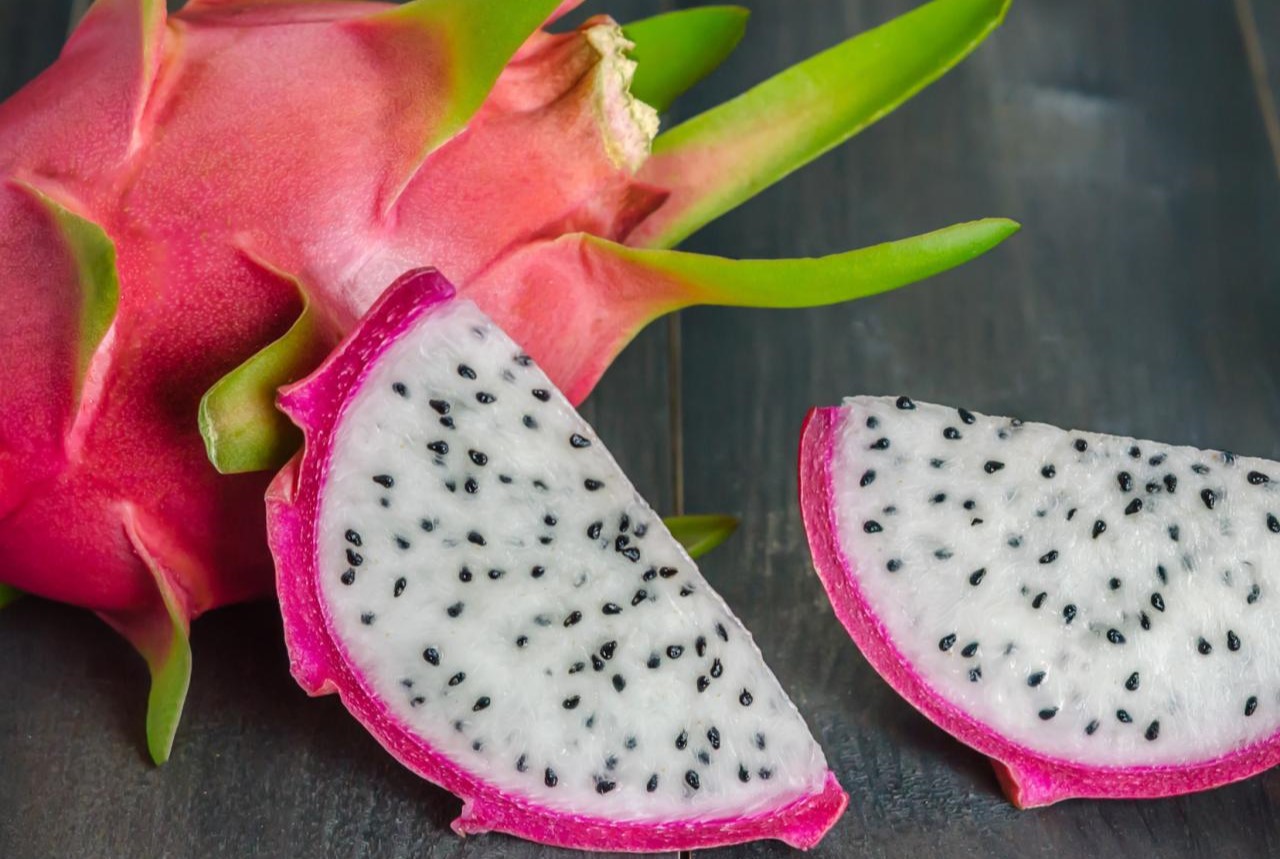
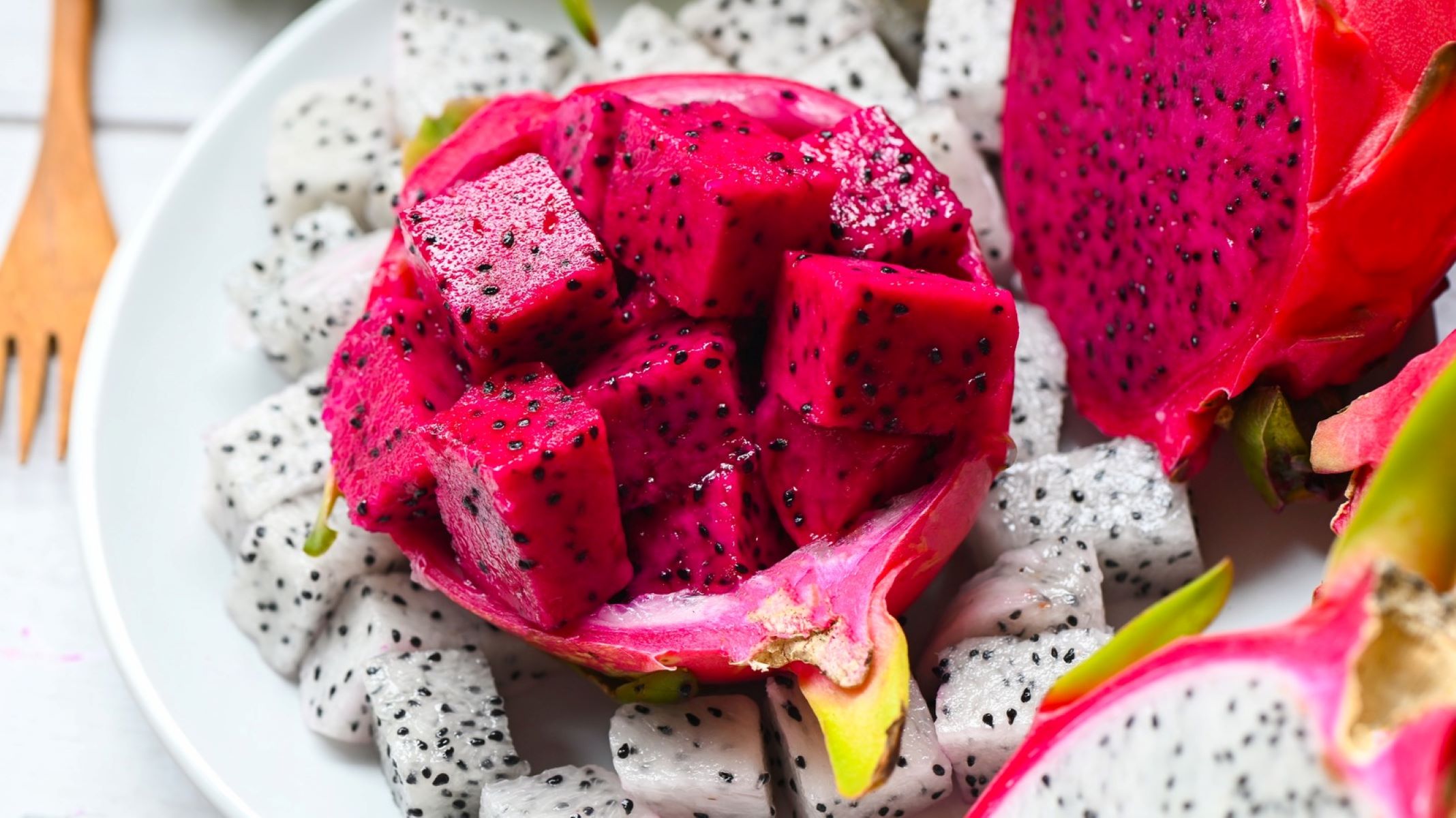
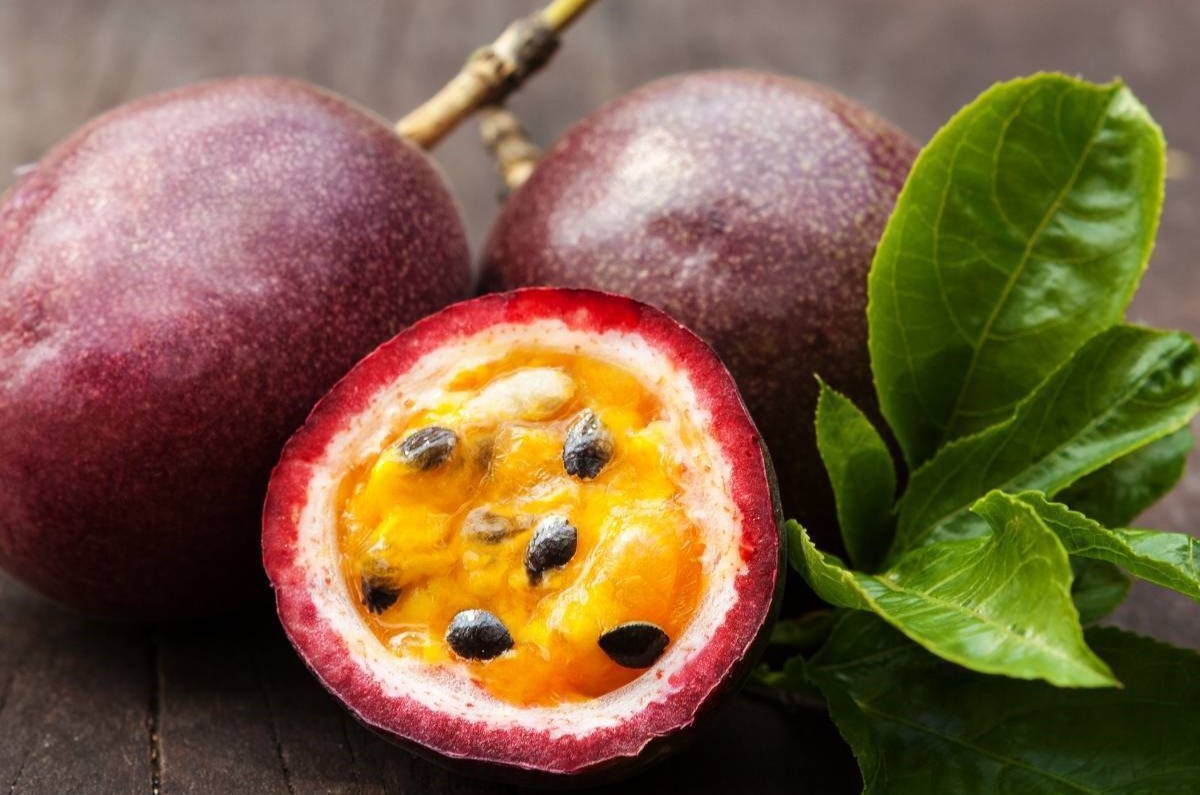
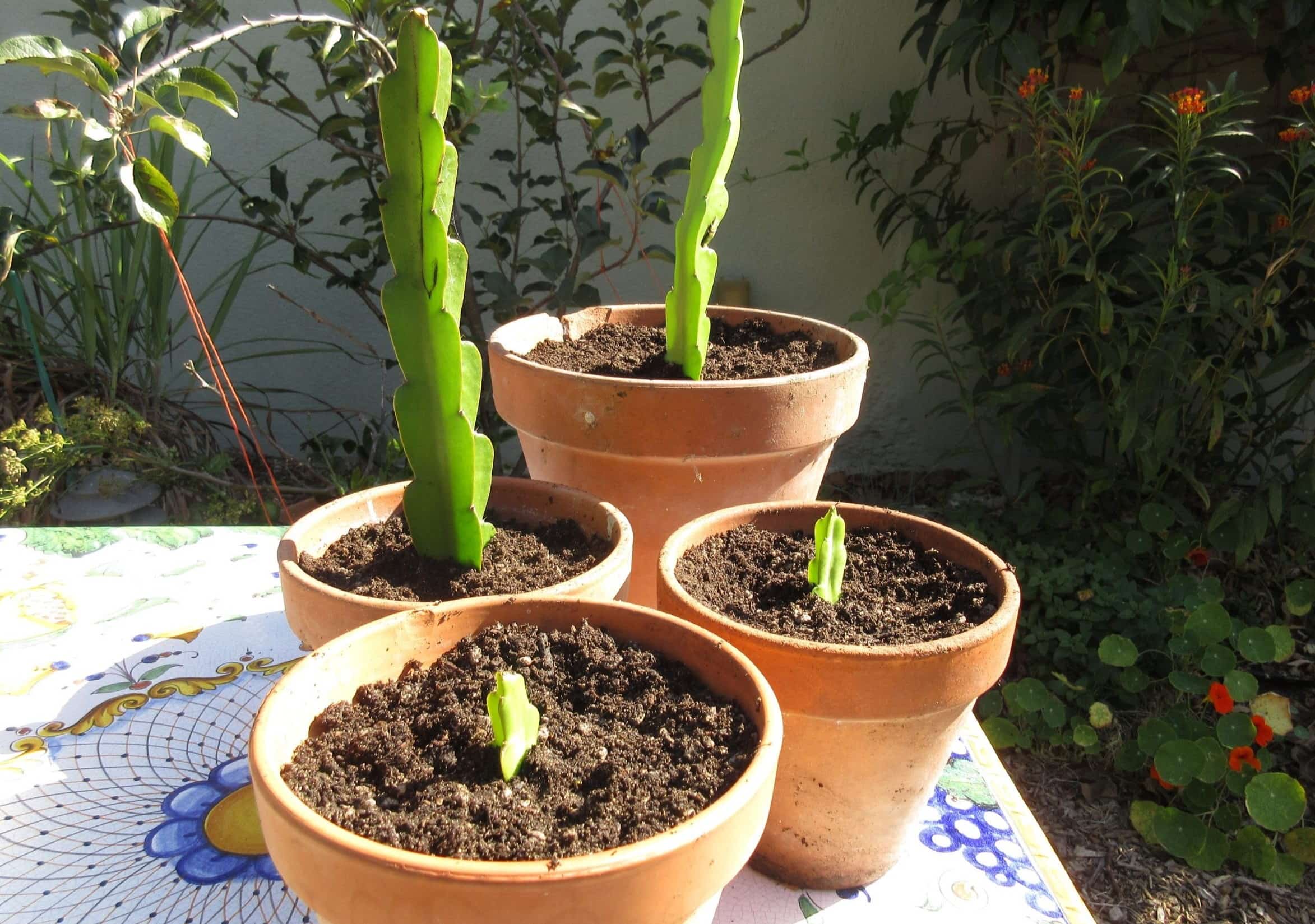

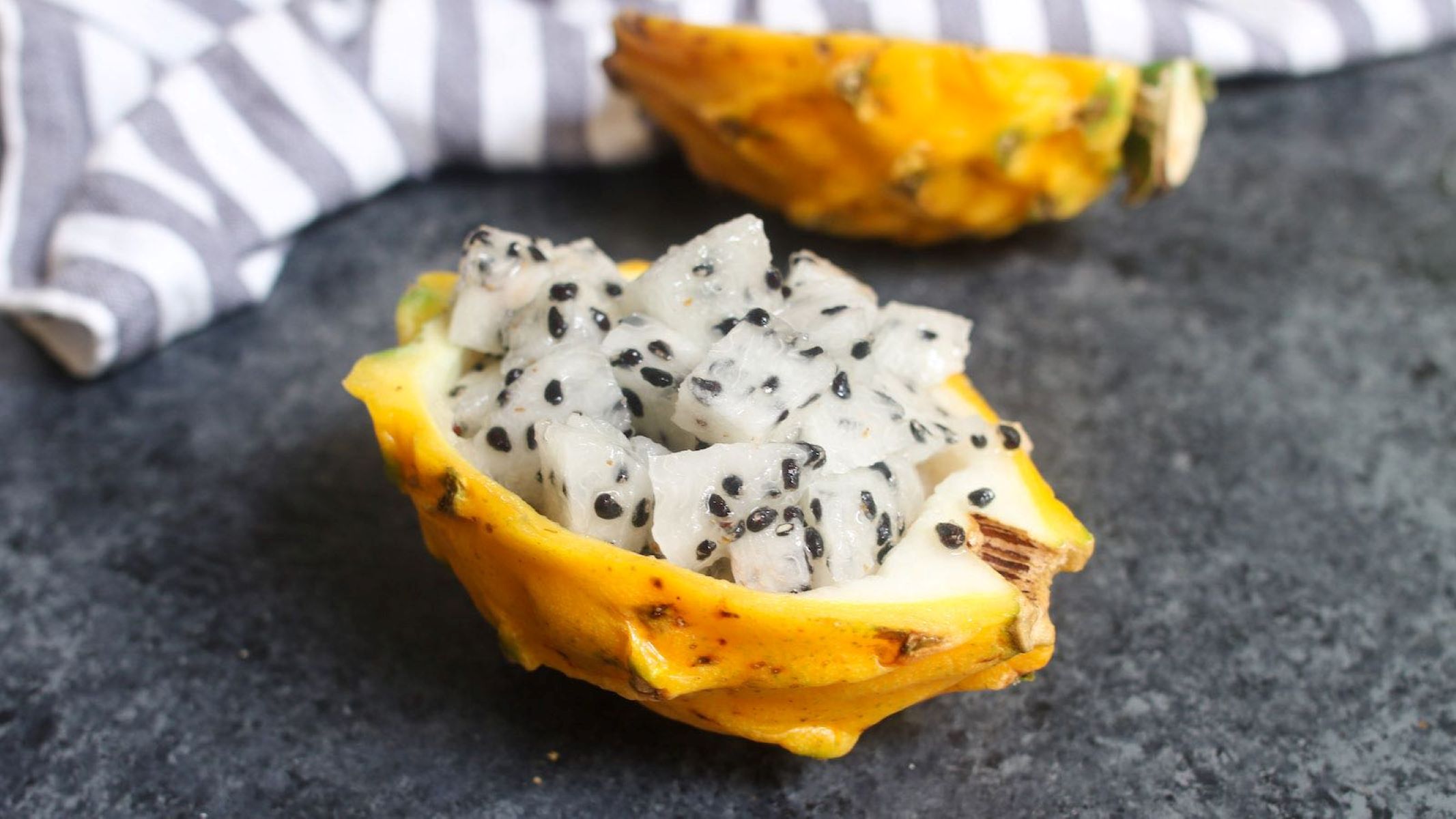
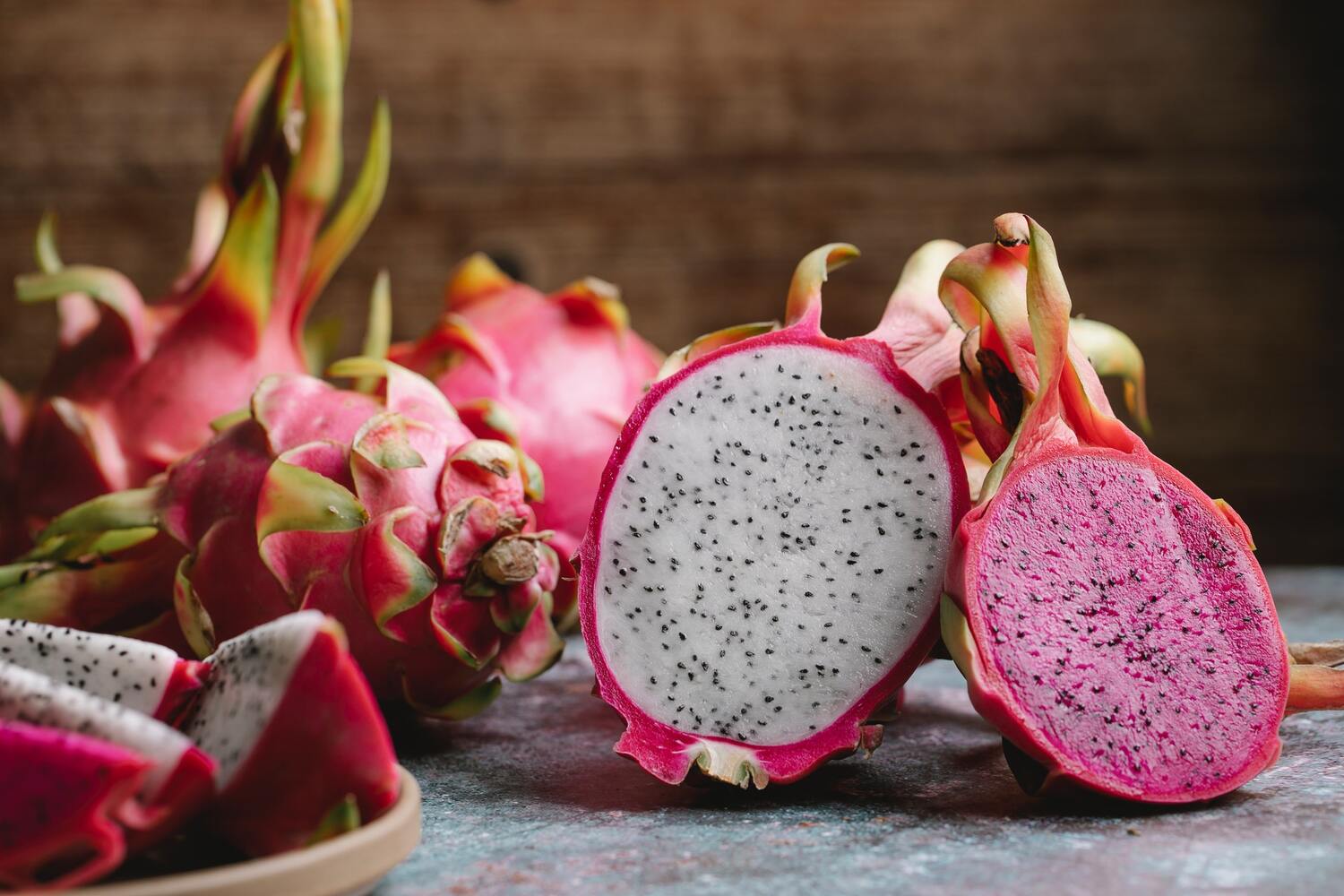
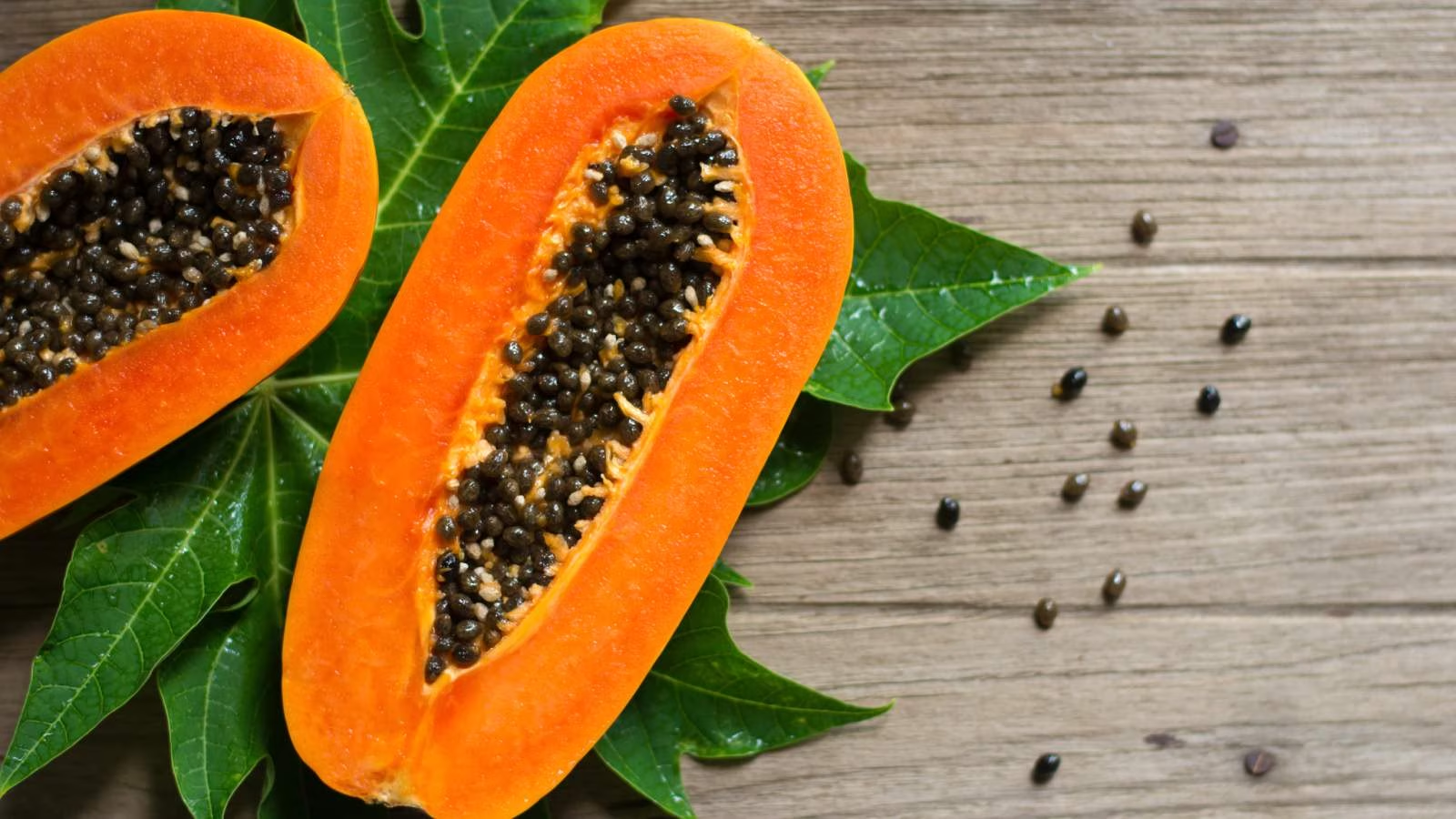
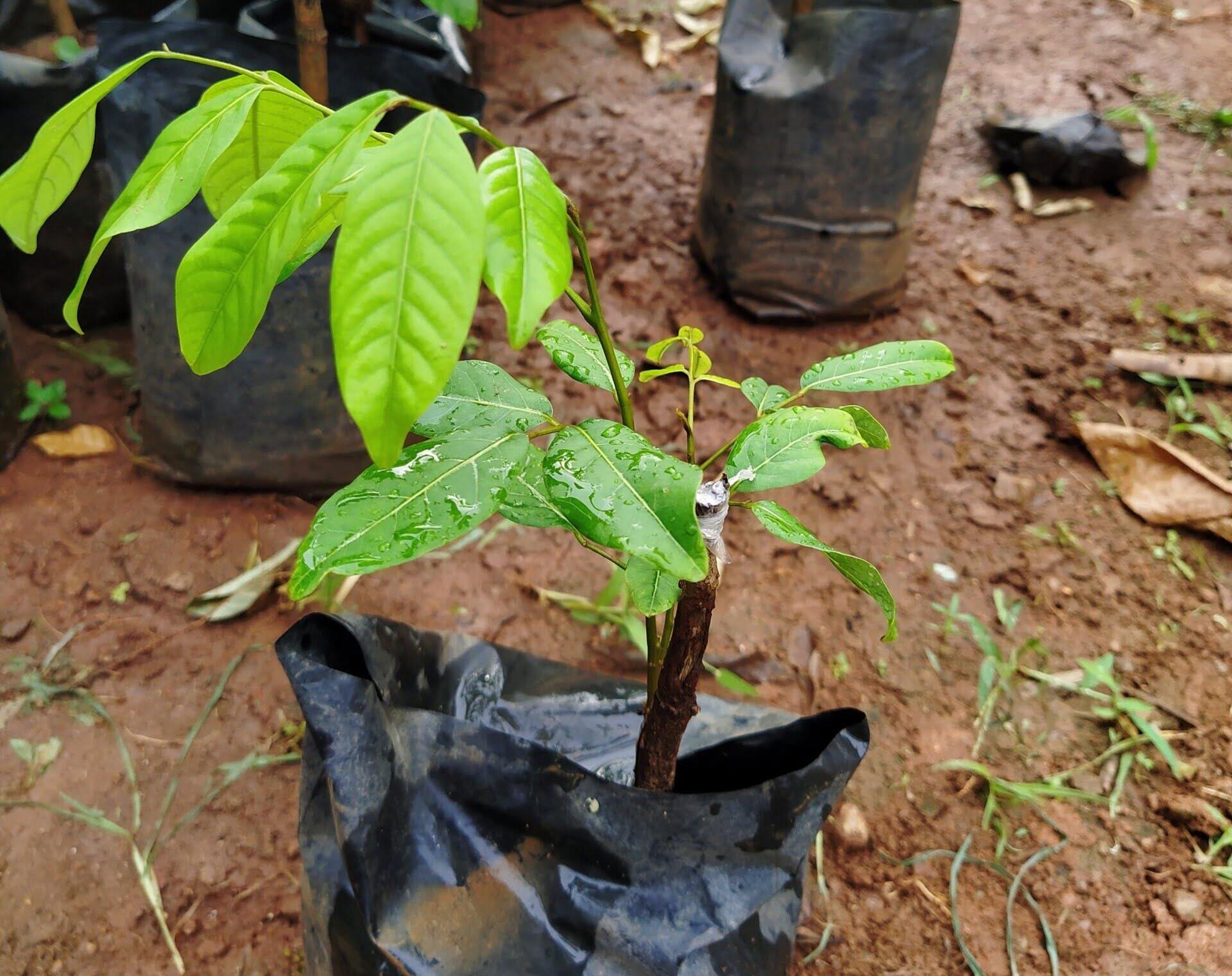
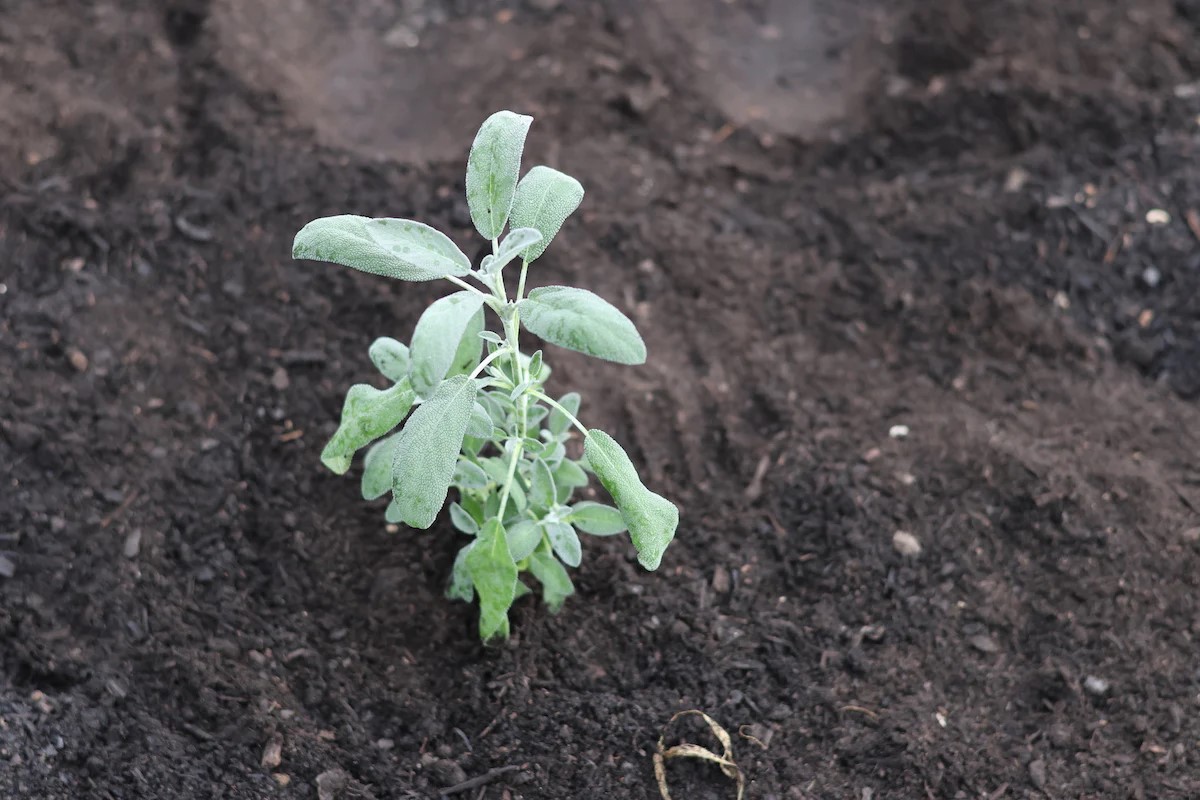
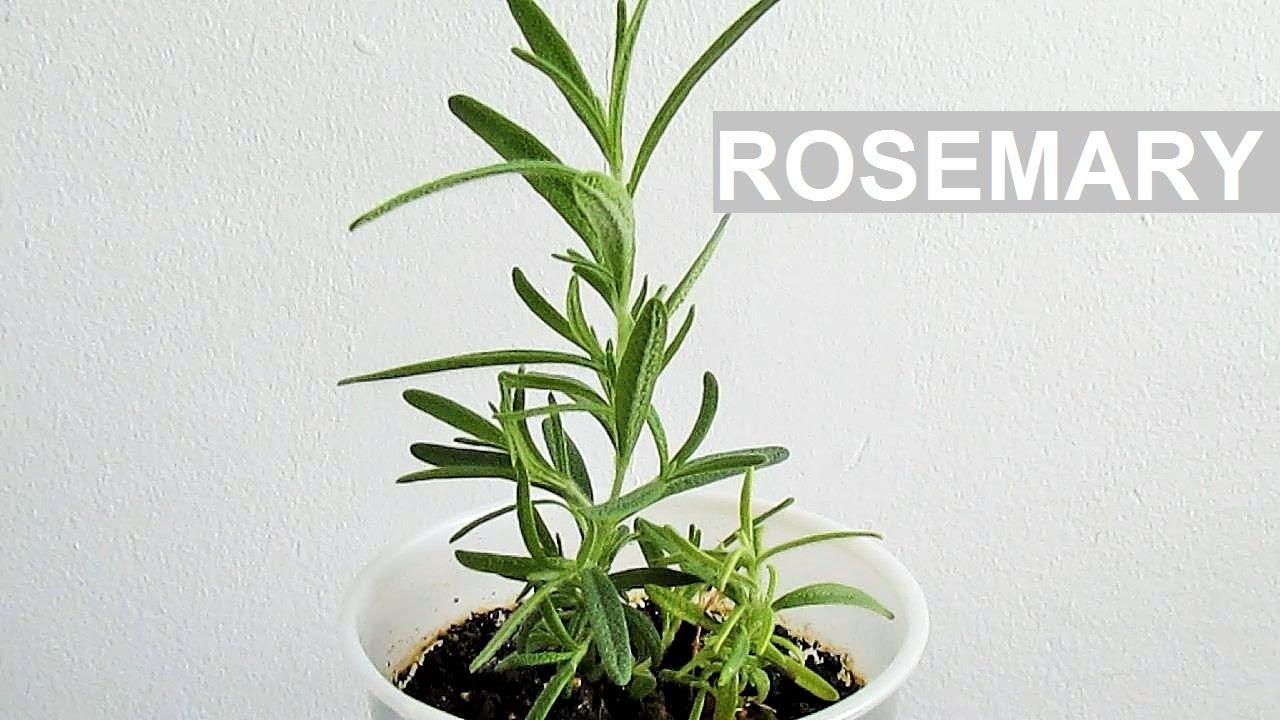

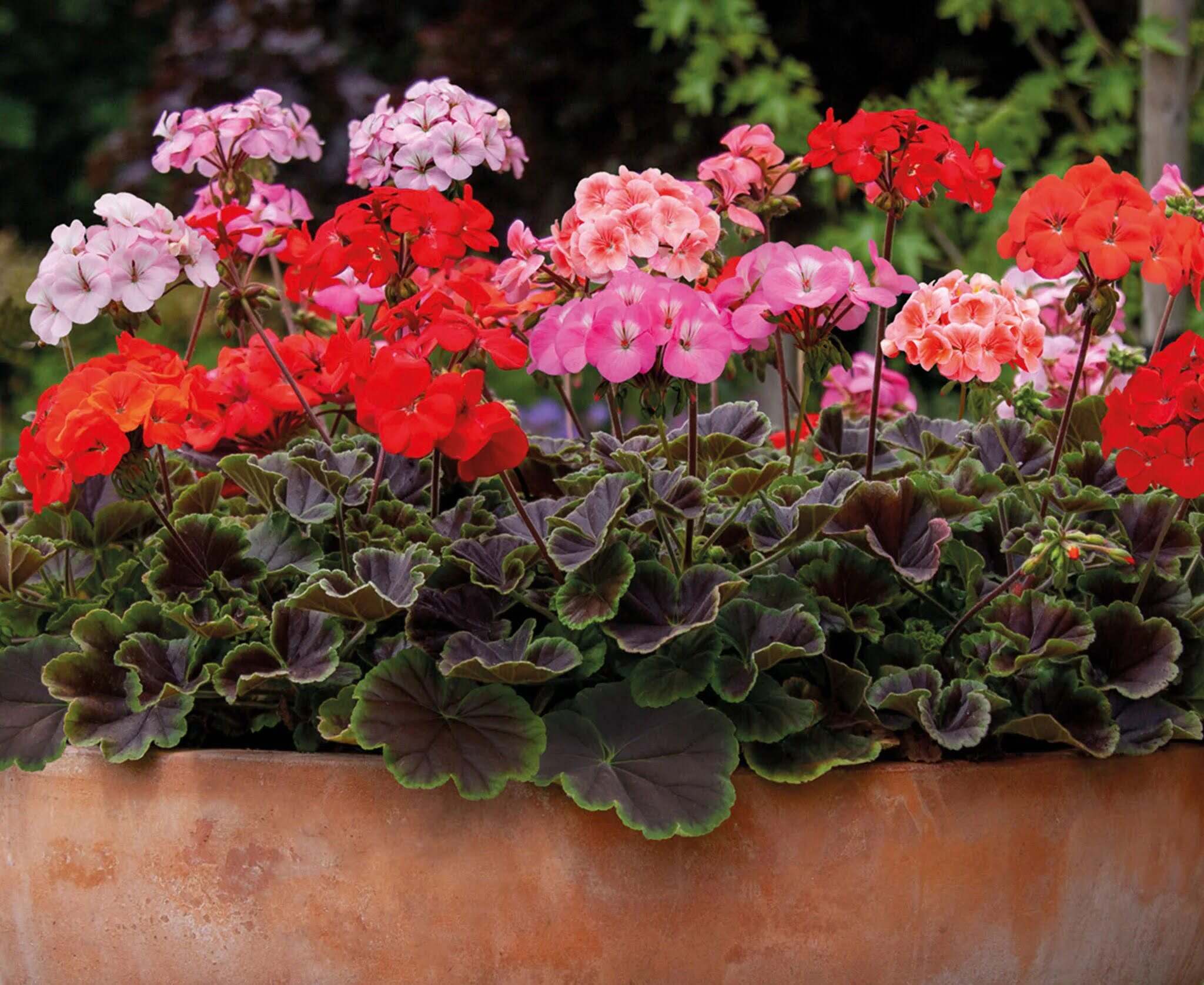

0 thoughts on “How To Grow Dragon Fruit From Seed”